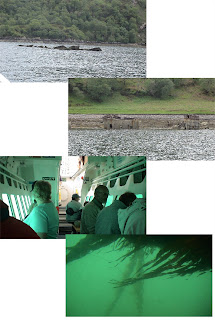Thursday, January 31, 2008
Greek and Roman Pleasure Buildings : 5 Theatres
Posted by
Yates
at
8:35 AM
0
comments
![]()
Labels: My early sketches
Greek and Roman Pleasure Buildings : 4 Minerva Medica
Posted by
Yates
at
7:48 AM
0
comments
![]()
Labels: My early sketches
Greek and Roman Pleasure Buildings : 3 The Baths of Caracalla
Posted by
Yates
at
5:30 AM
0
comments
![]()
Labels: My early sketches
Greek and Roman Pleasure Buildings : 2 Circus Maximus
Posted by
Yates
at
5:04 AM
0
comments
![]()
Labels: My early sketches
Wednesday, January 30, 2008
Greek and Roman Pleasure Buildings : 1 Colosseum
Posted by
Yates
at
5:56 PM
0
comments
![]()
Labels: My early sketches
Tuesday, January 29, 2008
The Western Seaboard-Scotland 2007 (continuation No.13)
Posted by
Yates
at
12:29 PM
0
comments
![]()
The Western Seaboard-Scotland 2007 (continuation No.12)
Posted by
Yates
at
11:47 AM
0
comments
![]()
The Western Seaboard-Scotland 2007 (continuation No.11)
Posted by
Yates
at
10:00 AM
0
comments
![]()
The Western Seaboard-Scotland 2007 (continuation No. 10)
Posted by
Yates
at
9:31 AM
0
comments
![]()
The Western Seaboard-Scotland 2007 (continuation No. 9)
Posted by
Yates
at
9:10 AM
0
comments
![]()
Sunday, January 27, 2008
The Western Seaboard-Scotland 2007 (continuation No. 8)
Posted by
Yates
at
5:41 PM
0
comments
![]()
Saturday, January 26, 2008
The Western Seaboard-Scotland 2007 (continuation No. 7)
Posted by
Yates
at
4:48 PM
0
comments
![]()
Tuesday, January 22, 2008
The Western Seaboard-Scotland 2007 (continuation No. 6)
Posted by
Yates
at
10:47 AM
0
comments
![]()



















































